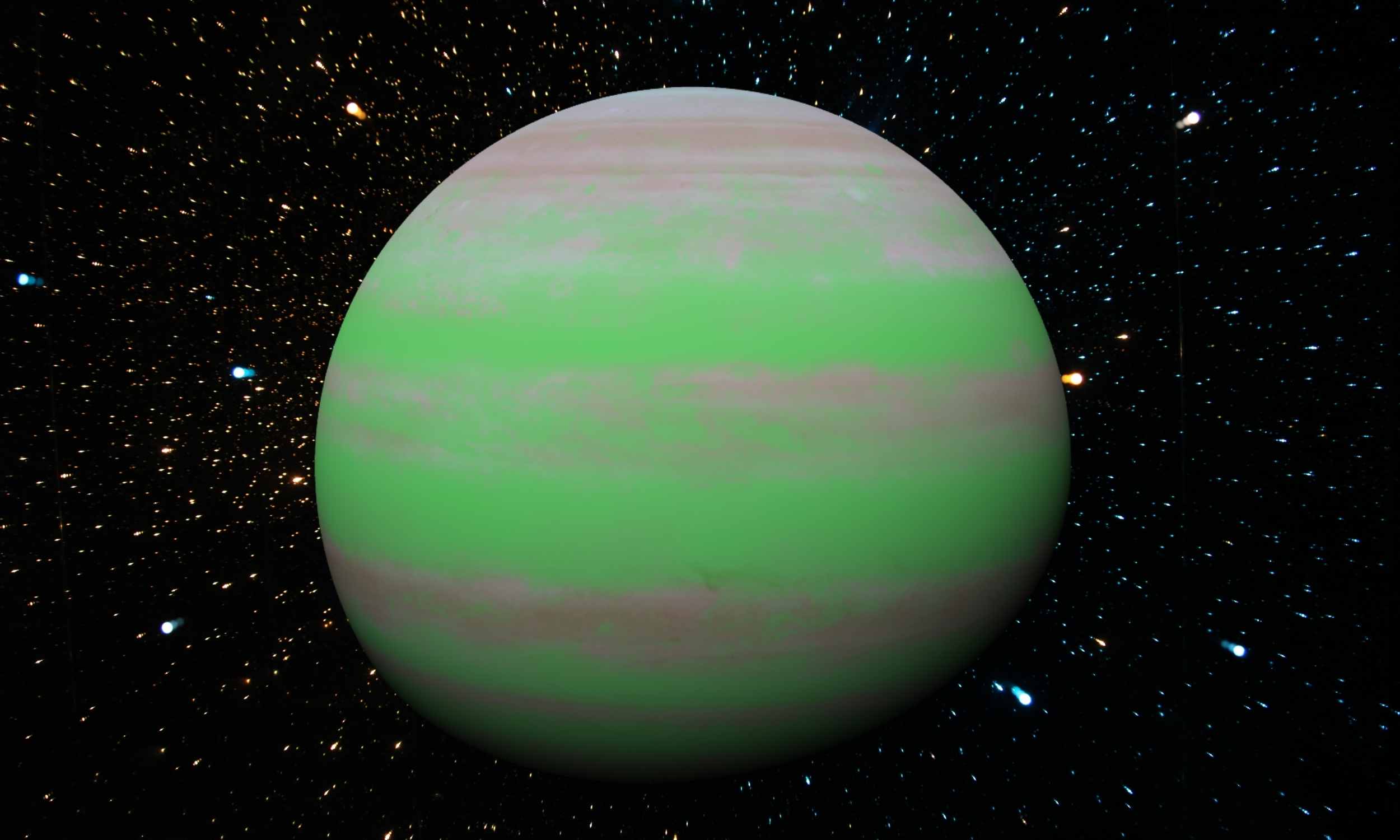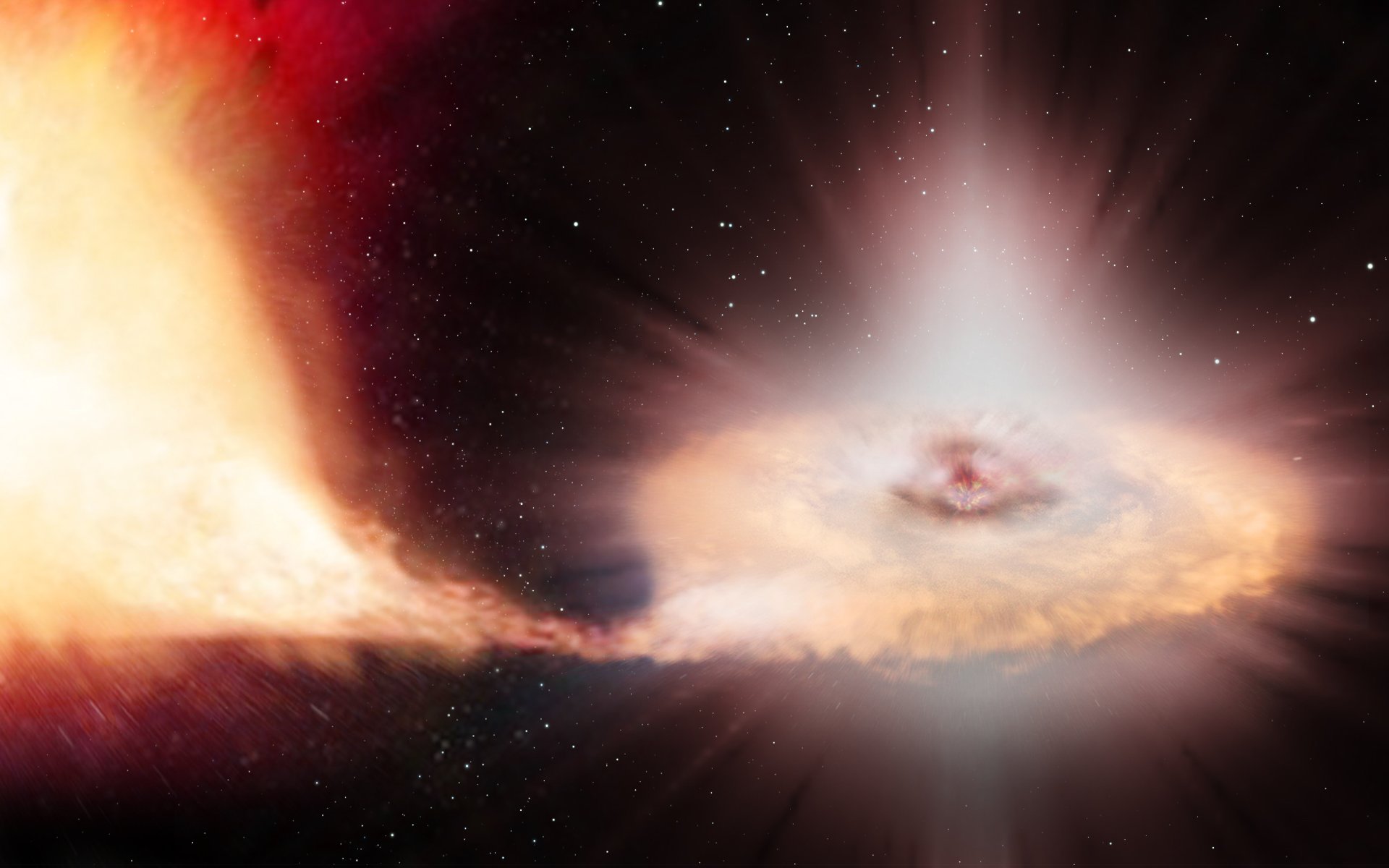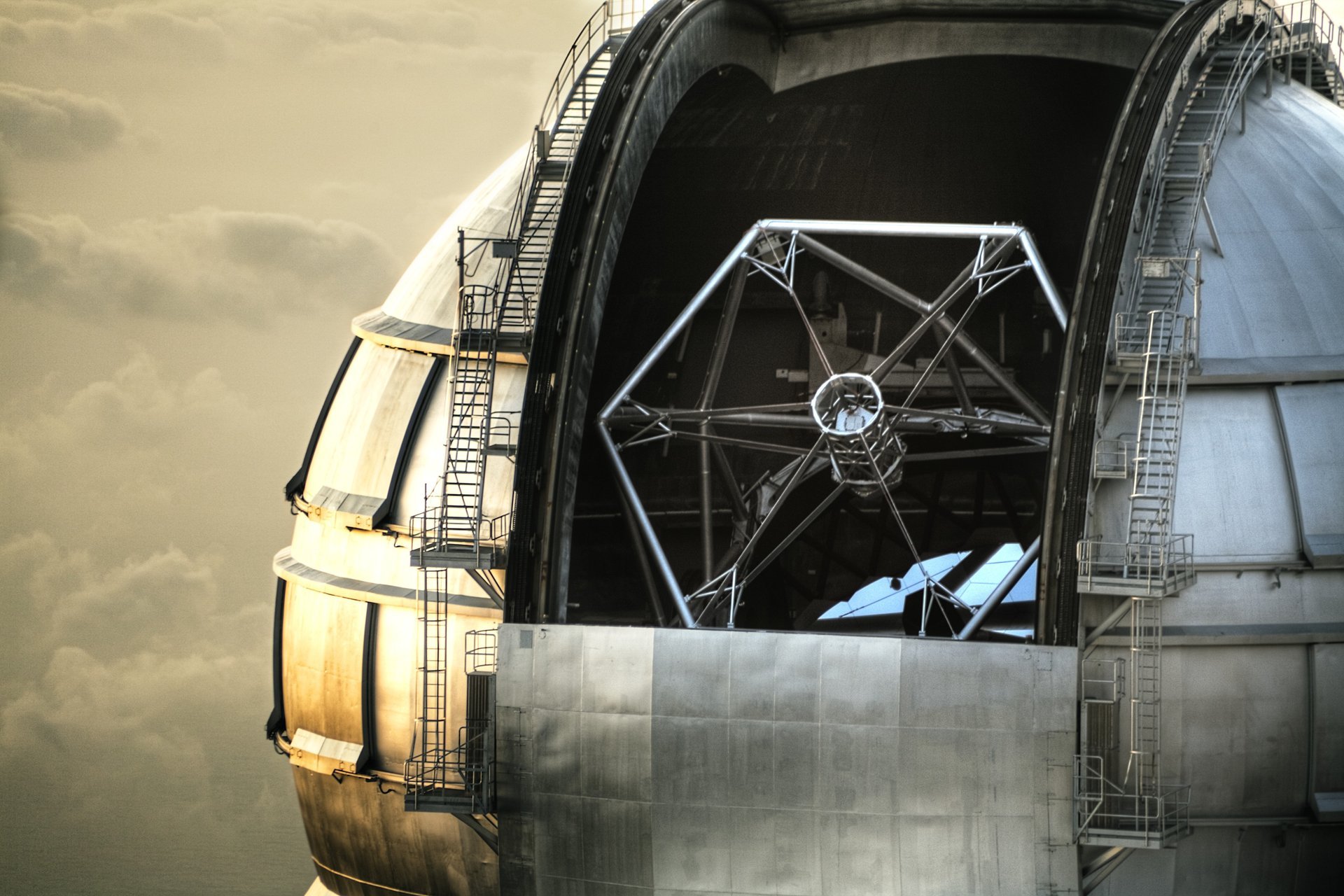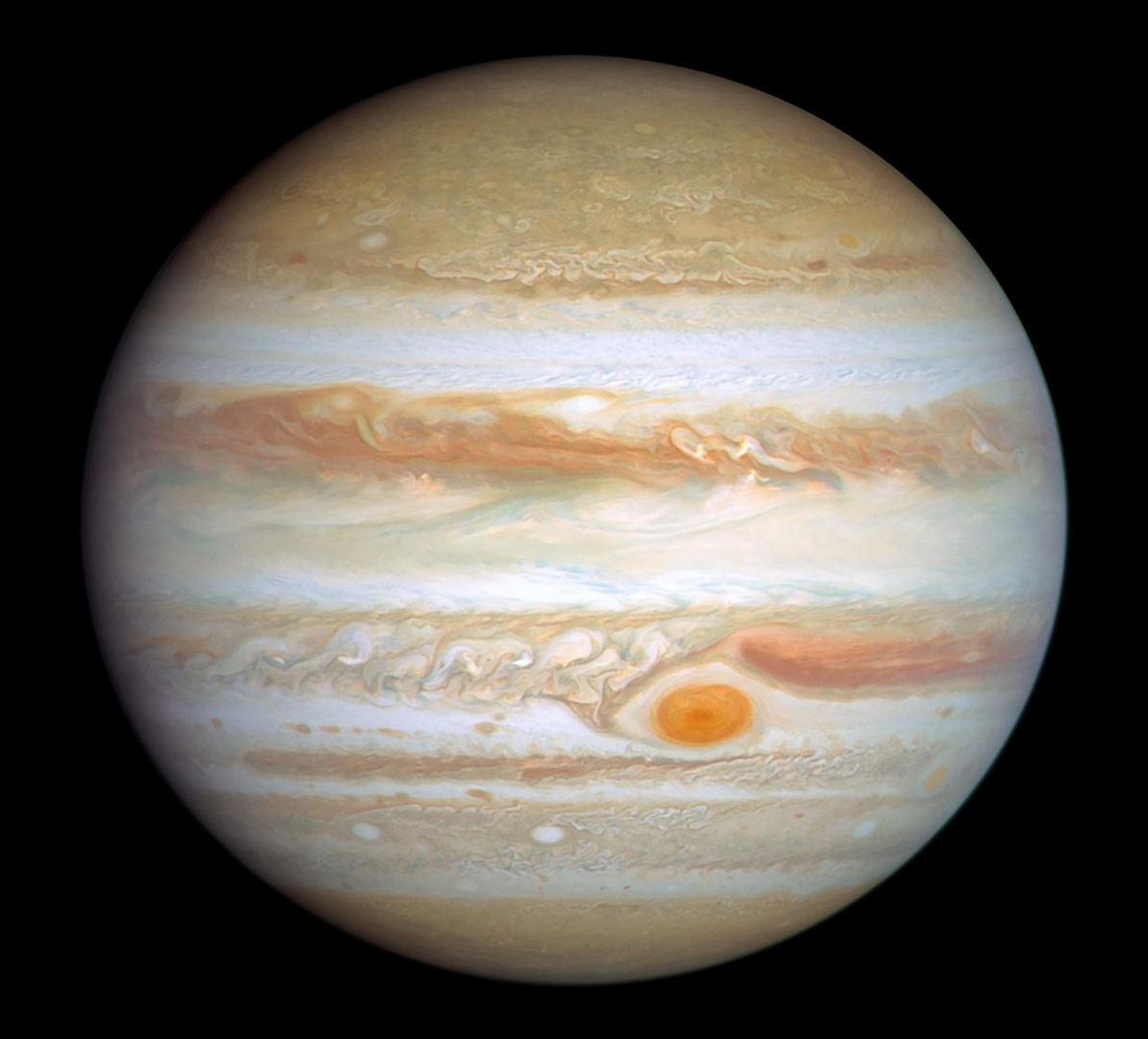A nearby star has a new heavyweight companion, and it swings around on a path that is anything but neat. The world, labeled GJ 2126 b, traces a stretched orbit that pushes close to its star, then races far away again.
In new observations, researchers identified a giant world 124 light years away that circles its star every 272.7 days on a highly stretched path, eccentricity equals 0.85.
In addition, it has a minimum mass of about 1.3 Jupiter masses at roughly 0.71 astronomical units, about 66 million miles, from its star. These values come from 112 radial velocity measurements with the HARPS spectrograph.
Who led the work
“This planet orbits a low-mass star and ranks among the most eccentric exoplanets discovered,” wrote Arbel Schorr from the School of Physics and Astronomy at Tel Aviv University (TAU) who led the study.
Most planets in our own neighborhood move on nearly round routes, so an orbit this stretched stands out. High eccentricity often points to a chaotic past shaped by strong gravitational run-ins.
A path like this can reshape a planet’s temperature and atmospheric behavior across a single year. The extremes also make modelers revisit how giant planets form and later get knocked around.
How GJ 2126 b was detected
The team used HARPS, a precision instrument at ESO’s 3.6 meter telescope, that maintains about 1 meter per second velocity stability. That level of steadiness lets astronomers watch a star’s tiny wobble over many years.
They mined the publicly curated HARPS-RVBank, which compiles 252,615 velocities for 5,239 stars observed before January 2022.
Public datasets like this let independent teams test ideas and spot signals that earlier searches may have missed.
Numbers help. With a semi-major axis of 0.71 AU and eccentricity of 0.85, periastron, the closest approach, sits near 0.11 AU, about 9.9 million miles. The farthest point stretches to roughly 1.31 AU, about 122 million miles.
Those swings mean large changes in stellar heating across a single 272.7 day year. Timing, chemistry, and cloud formation likely shift dramatically between close pass and far turn.
What we know about GJ 2126
The host star, often listed as an M-dwarf of type M0V, is a cool, low-mass object with about 0.65 times the Sun’s mass and 0.73 times its radius. Its temperature sits near 4,159 kelvin and its metal content is high for a dwarf star.
GJ 2126 is a high proper-motion star about 124 light years from Earth. Its brightness and proximity make follow-up work practical with existing instruments.
Could be a brown dwarf
Because the orbital tilt is unknown, the mass estimate is a lower limit. The team considered whether the companion might cross into brown dwarf territory if the orbit is nearly face-on.
They argue that Gaia astrometry and the absence of long-term trends disfavor a very massive companion around this star. The paper reports a renormalized astrometric error near unity, a value not expected for a heavy hidden object.
The researchers compared different ways to search for periodicity in uneven time series. They leaned on the Phase Distance Correlation periodogram, designed to handle non-sinusoidal signals like those from eccentric orbits.
They also considered a known trap in velocity work, where two planets in a 2:1 resonance can masquerade as one eccentric planet. Their modeling rejected such alternatives for this dataset.
Why M dwarfs complicate things
Cool stars frequently show magnetic activity that adds noise to velocity data. Teams monitor spectral activity indicators to avoid mistaking star spots for planets and to validate true orbits.
In this case, the auxiliary indicators did not line up with the 272.7 day signal. That mismatch supports a planetary cause rather than rotating surface features.
Exciting discovery for astronomers
“We report the discovery of GJ 2126 b, a highly eccentric (e = 0.85) Jupiter-like planet orbiting its host star every 272.7 days,” wrote Schorr.
Their dataset spans about fifteen years around the critical phases of the orbit. That coverage anchored the fit and strengthened the case for a single object on an extreme path.
Giant planets can acquire extreme eccentricities through planet-planet scattering after their birth in a gas disk. Numerical experiments show this process can drive e above 0.9 without invoking a distant stellar companion.
If that picture holds here, the system once hosted additional massive bodies that jostled each other until only one remained on a wild orbit. That would line up with the lack of a long-term drift in the present data.
Next steps for GJ 2126 b
The planet’s radius is unknown because no transit has been seen in the available survey photometry. Without the tilt, the true mass remains uncertain, so further work aims to refine those values.
Future velocity campaigns could detect subtle variations tied to mutual interactions, if any undiscovered companions exist. Continued astrometric monitoring may also tighten the mass constraints.
Thermal measurements and reflected-light studies would be challenging, yet not out of the question for future facilities. The close approach near periastron may offer the best shot at characterization time.
Long-baseline velocities will also test for secular changes that hint at additional bodies or tidal effects. A refined inclination would settle the mass question and finally close the door on the brown-dwarf scenario.
The study is published in Astronomy & Astrophysics.
—–
Like what you read? Subscribe to our newsletter for engaging articles, exclusive content, and the latest updates.
Check us out on EarthSnap, a free app brought to you by Eric Ralls and Earth.com.
—–







 The ICE Gran Telescopio Canarias telescope, located at the El Roque de los Muchachos Observatory on the island of La Palma, Spain. Credit: Instituto de Astrofísica de Canarias
The ICE Gran Telescopio Canarias telescope, located at the El Roque de los Muchachos Observatory on the island of La Palma, Spain. Credit: Instituto de Astrofísica de Canarias

 A picture of The Ogden Centre for Fundamental Physics Building, at Durham University (Credit : Padgriffin)
A picture of The Ogden Centre for Fundamental Physics Building, at Durham University (Credit : Padgriffin)